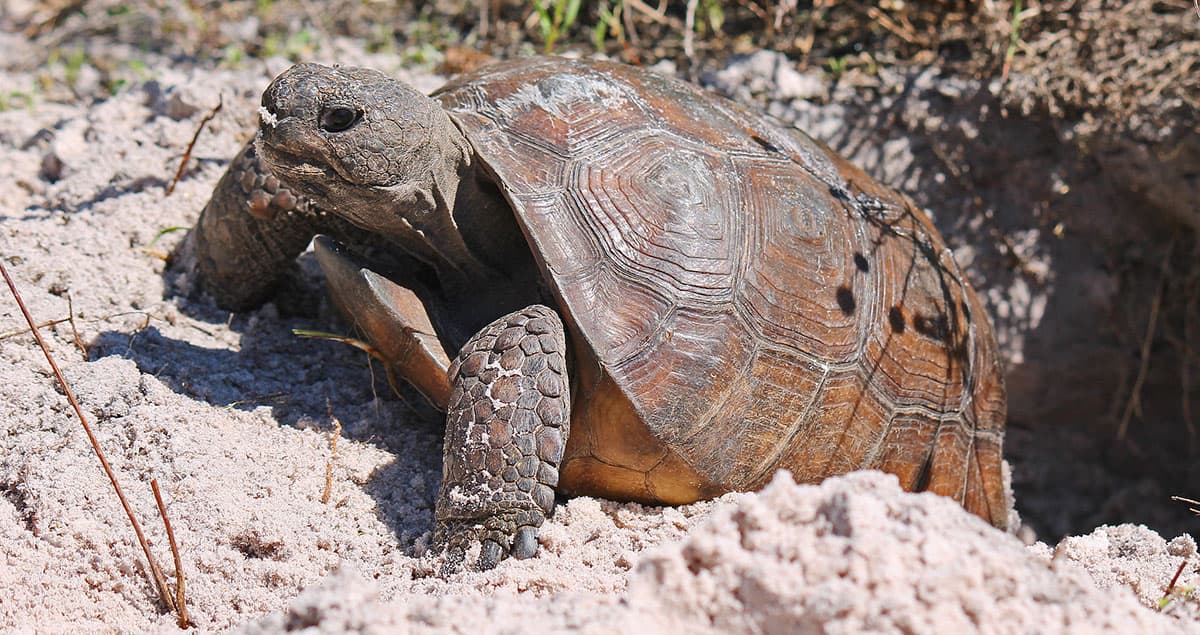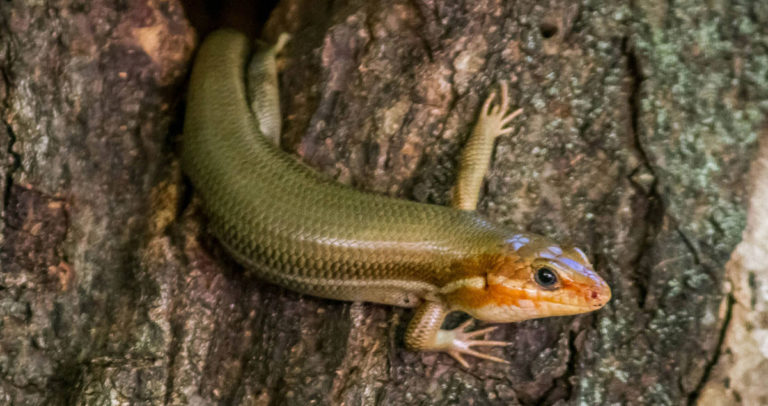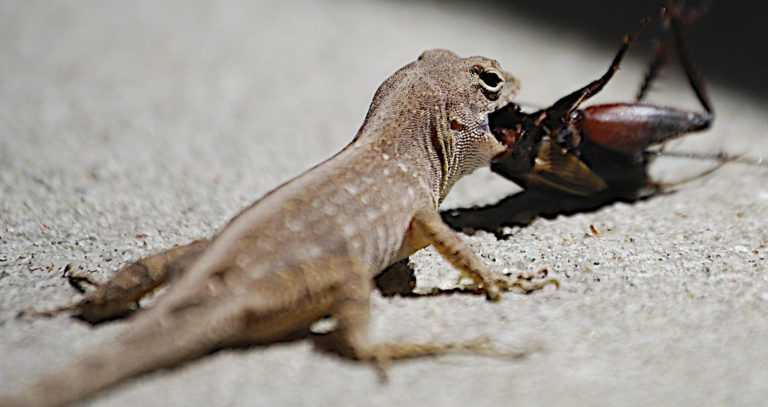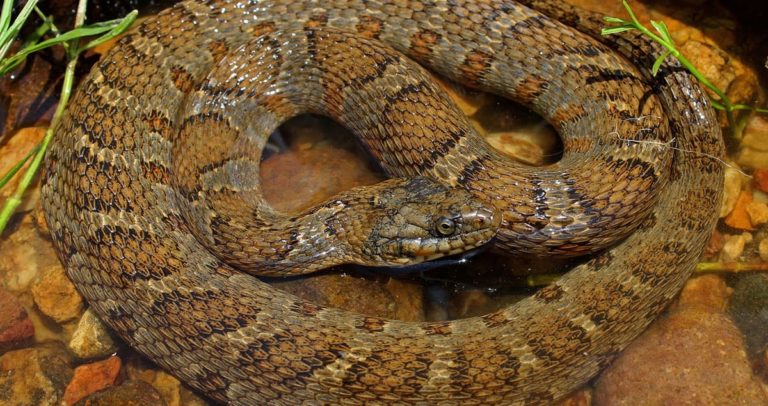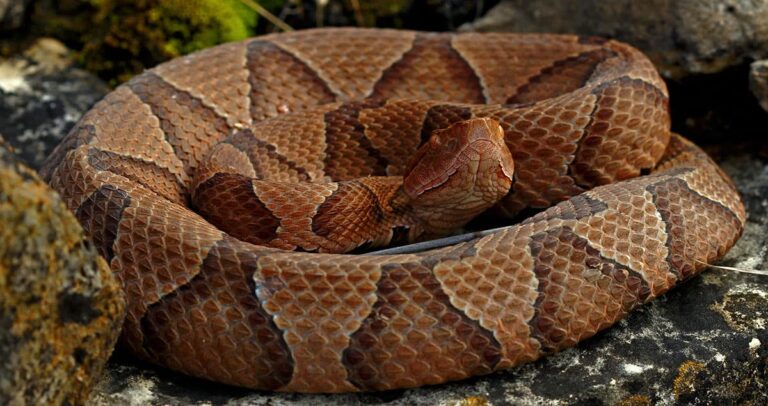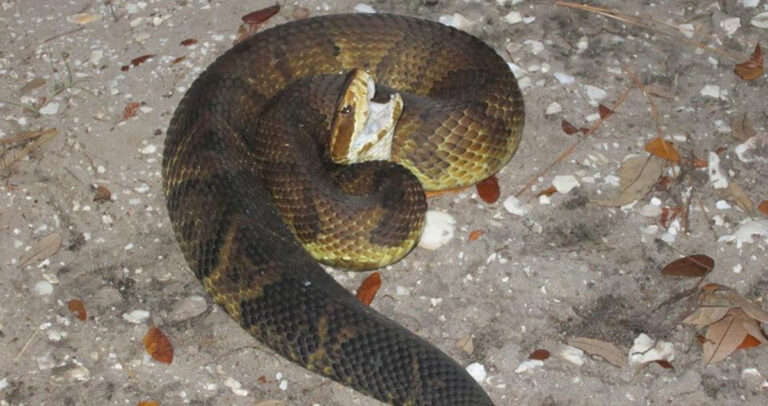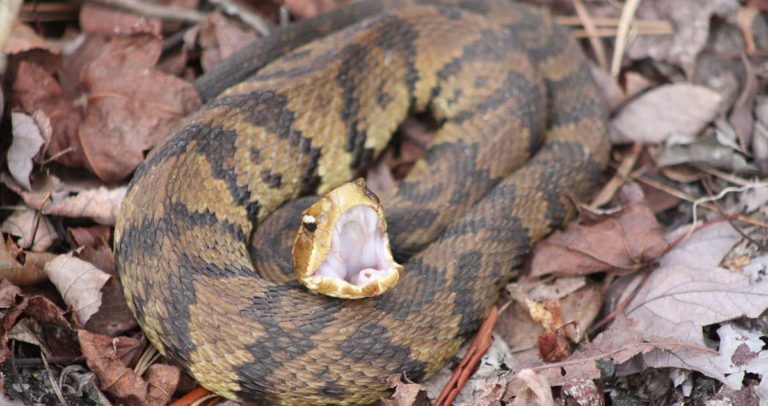Gopher Tortoises in Georgia: A Unique and Essential Species
Gopher Tortoises (Gopherus polyphemus) are an important species in Georgia’s diverse ecosystems. These fascinating reptiles serve as a keystone species in the state, meaning they play a critical role in maintaining the health and balance of their habitat. In this article, we’ll explore the unique characteristics, habitat, and conservation status of Gopher Tortoises in Georgia.
Physical Characteristics
Gopher Tortoises are medium-sized terrestrial turtles with an average length of 9 to 15 inches. They have a distinctive appearance, characterized by a domed, brownish-gray carapace (upper shell) and a yellowish plastron (lower shell). Their strong, stumpy legs are adapted for digging, which is essential for creating their burrows. Gopher Tortoises also have a unique, shovel-like front beak that helps them dig and eat vegetation.
Gopher Tortoise Habitat in Georgia
In Georgia, Gopher Tortoises primarily inhabit the Coastal Plain, where they prefer well-drained sandy soils. They are commonly found in longleaf pine forests, sandhill habitats, scrublands, and other areas with an open canopy that allows sunlight to reach the ground. This open habitat is crucial for Gopher Tortoises, as it supports the growth of the low-growing plants they feed on.
Gopher Tortoises are known for their impressive burrowing skills. They dig extensive burrows that can reach up to 40 feet in length and 10 feet deep. These burrows serve as a refuge for the tortoises during extreme temperatures, as well as protection from predators. Interestingly, Gopher Tortoise burrows also provide a home for over 350 other species, including insects, amphibians, and small mammals. This makes Gopher Tortoises a keystone species within their ecosystems.
Diet and Behavior of Gopher Tortoises
Gopher Tortoises are herbivorous, primarily feeding on a variety of low-growing plants, including grasses, legumes, and fruits. Their diet plays a vital role in seed dispersal, which helps to maintain the diversity of plant species in their habitats.
Gopher Tortoises are generally solitary animals, but they can occasionally be found sharing burrows with other tortoises. They are most active during the day, particularly in the morning and late afternoon. Mating season for Gopher Tortoises occurs between April and June, with females laying 3 to 15 eggs in a shallow nest near their burrow entrance. The eggs hatch after about 100 days, and the young tortoises are left to fend for themselves.
Conservation Status and Threats
In Georgia, Gopher Tortoises are listed as a state-protected species and are considered “Threatened” under Georgia law. The main threats to Gopher Tortoises include habitat loss and fragmentation due to development, agriculture, and forestry practices. Invasive species, such as feral hogs, can also damage Gopher Tortoise burrows and nests, while road mortality and collection for the pet trade further threaten their populations.
Gopher Tortoise Conservation Efforts in Georgia
Several organizations, including the Georgia Department of Natural Resources (DNR), are working to protect and conserve Gopher Tortoises and their habitats. Efforts include habitat restoration, such as prescribed burns to maintain open-canopy habitats, and land acquisition to protect crucial Gopher Tortoise habitat. Additionally, public education and outreach programs help raise awareness about the importance of Gopher Tortoises and their conservation.
Encounters with Gopher Tortoises
If you come acrossa Gopher Tortoise in Georgia, it’s essential to admire these fascinating creatures from a safe distance and avoid disturbing them or their habitat. It is illegal to collect, harm, or harass Gopher Tortoises, as they are a protected species in the state.
In case you find a Gopher Tortoise in a dangerous situation, such as on a busy road, you can carefully move it across the road in the direction it was heading. Remember to wash your hands thoroughly after handling any wild animal, and always check for local guidelines or contact wildlife authorities for assistance if you’re unsure of the proper action to take.
FAQ
Can you keep a gopher tortoise as a pet in Georgia?
It is illegal to keep a gopher tortoise as a pet in Georgia. Gopher tortoises are a protected species in the state, and it is against the law to collect, harm, or harass them. They play a crucial role in maintaining the ecosystem, and removing them from their natural habitat can have negative consequences for the environment.
What do I do if I find a gopher tortoise in my yard?
If you find a gopher tortoise in your yard, it’s important to give it space and avoid disturbing it or its habitat. Gopher tortoises are generally shy and will leave the area if they feel threatened. However, if the tortoise is in immediate danger, such as being in the path of a vehicle or construction equipment, you may carefully move it to a safer location nearby. Always check for local guidelines or contact wildlife authorities for assistance if you’re unsure of the proper action to take.
How many gopher tortoises are left in Georgia?
The exact number of gopher tortoises remaining in Georgia is not well documented, but their population has been declining due to habitat loss and fragmentation. Gopher tortoises are currently listed as a state-protected species in Georgia and as a candidate for federal protection under the Endangered Species Act. Conservation efforts are ongoing to protect and restore their habitat, with the hope of increasing their population numbers and ensuring their survival in the state.
Final Thoughts
Gopher Tortoises play a vital role in maintaining the health and balance of their ecosystems in Georgia. Their burrows provide shelter for numerous other species, making them a keystone species in the state. With ongoing conservation efforts, public education, and responsible encounters with these unique reptiles, we can ensure the continued survival and success of Gopher Tortoises in Georgia.
